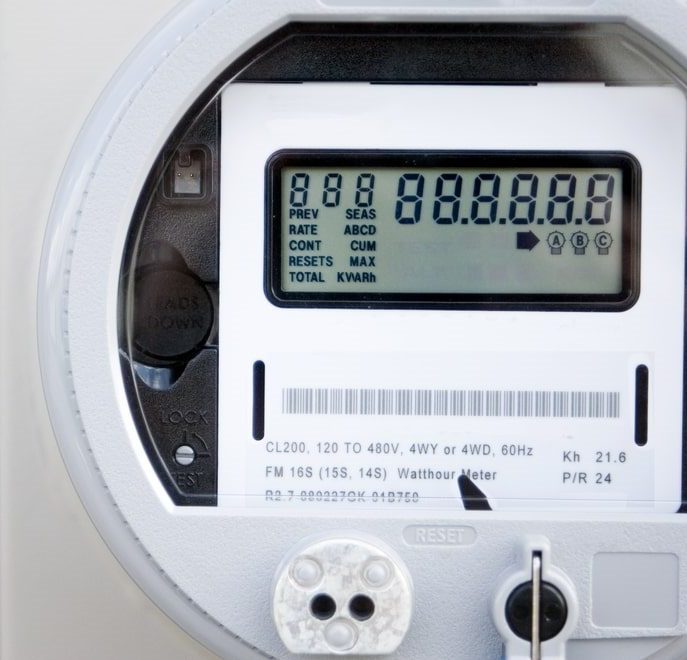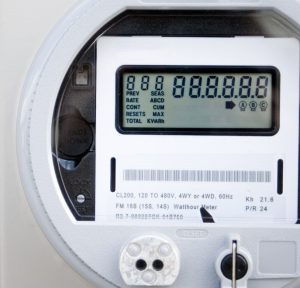Home > Energy Plans > Solar Feed-In Tariffs
Solar Feed-In Tariffs
Find out what solar feed-in tariffs are, how much they are, and how they contribute to offset the cost of solar electricity generation system here with Savvy
Author
Savvy Editorial TeamFact checked

Solar feed-in tariffs are a financial incentive provided to households and businesses that generate excess electricity from their solar panel system, and feed it back into the national electricity grid. These tariffs offer a way to earn credits or receive payment for the surplus energy your system produces. By having a solar feed-in tariff plan you can not only enjoy cheaper electricity bills, but also contribute to Australia’s transition to cleaner energy generation. Find out all about solar feed-in tariffs right here with Savvy.
What is a solar feed-in tariff, and how do they work?
When a solar system generates more electricity than is consumed on-site, the excess power generated may be fed back into the national electricity grid (if it is not stored by a battery.) The electricity retailer then purchases this excess energy at a predetermined feed-in tariff rate. Therefore, a feed-in tariff is not so much of a solar rebate, but rather a payment for the electricity your solar system generates and supplies to the retailer.
The feed-in tariff rate is measured in cents per kilowatt hour (c/kWh) by a smart electricity meter. The number of cents you’ll receive for your excess electricity varies across the country and between retailers in each state. The tariff rate may also vary according to the specific details of your solar electricity plan, so you may get a different rate depending on the time of day, or the amount of power you’re feeding back into the grid.
Solar feed-in tariffs provide an opportunity for individuals to offset their electricity costs and even generate income by effectively becoming small-scale energy producers. They promote the generation of renewable energy and encourage individuals to install solar power systems. If you do have a solar system, the feed-in tariff that is offered by retailers is a major factor when determining how to choose your electricity retailer.
What is the difference between a flat-rate and a time-of-use solar feed-in tariff?
The difference between a flat-rate and a time-of-use solar feed-in tariff lies in how the electricity retailer determines the price for the surplus energy supplied to the grid.
Flat-rate tariff
In a flat-rate feed-in tariff, a fixed rate is paid for every kilowatt-hour (kWh) of excess electricity exported, regardless of the time of day or season. This means that the rate remains constant throughout the day and year. For example, a retailer might offer a flat-rate feed-in tariff of 10c/kWh.
Time-of-use feed-in tariff
On the other hand, a time-of-use feed-in tariff takes into account the varying demand and supply patterns throughout the day. The rate is divided into different time periods, such as peak, off-peak, and shoulder, each with its own specific rate. These rates are typically higher during peak demand periods and lower during off-peak periods. For instance, the peak rate could be 14c/kWh, the off-peak rate 8 cents per kWh, and the shoulder rate 12 cents per kWh.
Flat-rate and time-of-use feed-in tariffs vary between electricity retailers and states. For instance, a retailer might offer a flat-rate feed-in tariff of 8c/kWh for all exported solar energy. On the other hand, a time-of-use feed-in tariff could involve rates like 10c/kWh during peak hours (e.g., 4pm to 10pm), 6c/kWh during off-peak hours (e.g., 10pm to 7am), and 8c/kWh during shoulder hours (e.g., 7am to 4pm).
When comparing solar plans it's important for solar system owners to understand the different feed-in tariff options available. This will help you to make an informed decision about the best solar plan based on your energy consumption pattern and preferences.
Can I switch electricity retailers to get a better solar feed-in tariff?
Yes, you do have the option to switch electricity retailers to potentially get a better solar feed-in tariff. Because different electricity retailers offer different feed-in tariff rates, it's worth well worth exploring your options to find a retailer that provides the best rate for the surplus solar energy you export to the grid. Keep in mind that while the feed-in tariff is an essential consideration, it's not the only factor that determines the overall benefit of switching retailers. You should also check whether there are any early exit fees with your current solar plan if you switch retailers before the end of your contract period.
When considering switching retailers, it's important to compare not only the feed-in tariff rates you’ll receive, but the electricity consumption tariffs on offer, and any additional benefits or incentives the retailer may offer. Of course, solar panels will not generate electricity when there is no sun in the sky (eg. at night) so unless you have a battery that can fulfil all your electricity needs, you may still have to draw power from the grid when your solar panels are not producing electricity.
Can I still receive a solar feed-in tariff if I have a battery storage system?
Yes, you may still receive a solar feed-in tariff if you have a battery storage system in Australia. However, this will depend on the size of the solar system you have, and if you still have excess energy once your batteries are fully charged. Having a battery storage system allows you to store excess solar energy generated during the day, and use it later when the sun is not shining.
However, it's important to note that the specific regulations and policies regarding feed-in tariffs for solar and battery systems vary between different states and electricity retailers. Some retailers may offer specific feed-in tariff rates for solar-plus-battery systems, while others may have separate arrangements for solar and battery electricity exports.
Helpful energy guides
Compare energy plans
Disclaimer:
Savvy is partnered with Econnex Comparison (CIMET Sales Pty Ltd, ABN 72 620 395 726) to provide readers with a variety of energy plans to compare. We do not compare all retailers in the market, or all plans offered by all retailers. Savvy earns a commission from Econnex each time a customer buys an energy plan via our website. We don’t arrange for products to be purchased directly, as all purchases are conducted via Econnex.
Any advice presented above is general in nature and doesn’t consider your personal or business objectives, needs or finances. It’s always important to consider whether advice is suitable for you before purchasing an energy plan. For further information on the variety of energy plans compared by Econnex, or how their business works, you can visit their website.









